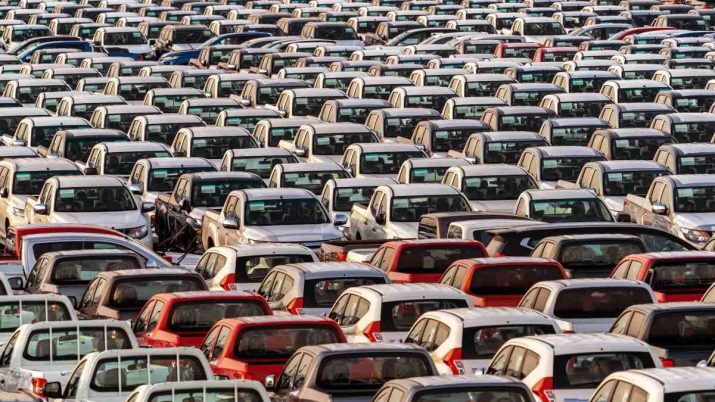AUTONEWS

Why are European ports flooded with Chinese vehicles?
Market rules dictate that a given product cannot continue to be produced if there are no customers to purchase it. This comes in relation to China, which is the largest vehicle manufacturer in the world but which, at the moment, is unable to sell all the vehicles it produces, which is why they are accumulating in ports around the world, especially in Europe.
Some ports on the Old Continent, especially the German, Dutch and Belgian ones, have, in some cases, Chinese vehicles waiting to be dispatched for more than 18 months. There are several explanations for this situation, with the decrease in sales in the Chinese market being one of the main ones. And as China wants to keep its industrial machine at cruising speed, to keep unit costs low, the drop in demand in the domestic market led Xi Jinping's government to accelerate the export market. Even though, here too, demand is slowing down compared to values from a year ago.
In relation to sales abroad, China is seeing the doors to markets on the other side of the Atlantic closing or, at least, making access more difficult and less profitable. The bet on the North American market was strong, but, to this desire to sell cheap electric cars to the USA, the Americans responded by raising taxes, despite the barriers placed on Chinese cars remaining less violent than those created by the Chinese to the entry of American cars into China. Suspicious that Asians were illegally subsidizing their vehicles to make them more competitive, the US raised import duties to 27.5%. And there are politicians, like Republican Senator Josh Hawley, who want to raise them to 100%. More than that, the USA led Mexico to not host the factories that some Chinese builders intended to build in that country and, from there, command the assault on the USA and Canada, thanks to the North America treaty.
In Europe the situation is more permissive, with a tax of just 10% on vehicle imports from China, but it threatens to get complicated soon, as Brussels is also investigating the granting of illegal subsidies to local manufacturers. If this suspicion is confirmed, the measures to be taken by Europeans could be draconian, from forcing the installation of factories on the Old Continent, to creating jobs and paying taxes — essentially what China demanded from foreign builders who have intended to sell in their country over the last few decades, which would greatly limit the competitiveness of Chinese electric vehicles in Europe.
To further complicate the situation for Chinese brands, which are mostly owned or controlled by the State, all of this happens at a time when demand for new electric vehicles in Europe has retracted, in part because there are countries that have reduced or ended incentives. to the acquisition of electric models. This is the case of Germany, the largest European market, which in December removed incentives for the purchase of battery-powered models, even before they reached price parity with combustion models. And, according to the Financial Times, the Chinese don't even make an effort to remove the cars piled up in European ports and move them to importers in different countries and their respective dealerships. This is associated with the fact that the volume of electric vehicles exported from China to Europe has increased by 361% since 2021 — despite the fact that, in 2022, Asian vehicles will still represent only 10% of the 1.1 million trams sold on the Old Continent — explains the “flooding” of European ports with Chinese cars.
In 2022, the Chinese sold 455 thousand units exported from China in European countries, 324 thousand of which were electric. A year later, in 2023, with data only available until September, 463 thousand vehicles were delivered to European drivers, of which 70% were electric (327 thousand). According to port companies, there are more than 250,000 vehicles in northern European ports waiting for customers. This points to a stock of more than 50% of a year's sales, with some of these models waiting for customers for more than 18 months, which cannot be good for the builders' business. Unless the Chinese State continues to “pay the bill”, covering the losses with more incentives.
Mundoquatrorodas

Nenhum comentário:
Postar um comentário